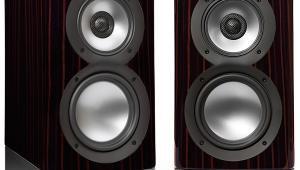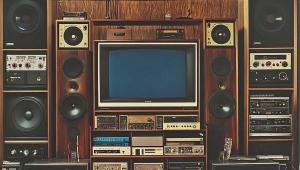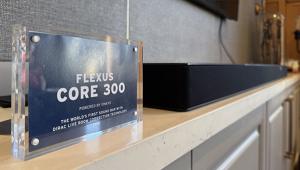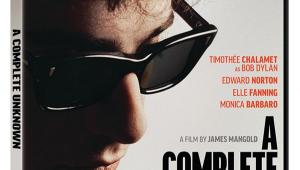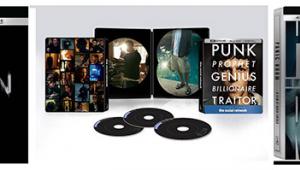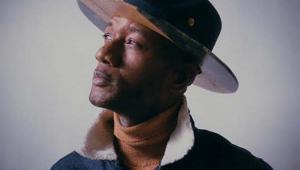Options for custom setting can be found in the XMB's Setup tab. See: https://www.jimmygusky.com/boiler-installs-and-repair
KEF LS50 Wireless II Powered Speakers Review Page 2
The LS50 Wireless II's principal shortcoming, if you can call it that, is that it does not go infinitely low, nor infinitely loud, with uncompromised clarity. Of course, this can be said of every loudspeaker ever made; it's just a question of degree. In the KEFs' case, this was fairly easy to observe on something like the ubiquitous Copland Fanfare for the Common Man, via the superbly dynamic Reference Recordings/Minnesota Orchestra recording. At living room levels, the LS50 Wireless IIs had no problem delivering a fully accurate, solidly extended, and glisteningly clean rendition, albeit a little "smaller-than-life" in every sense due to the reduced volume level.

When I asked for something approaching concert-hall level, the KEFs obliged, enthusiastically filling my large-ish studio with unexpected, even astonishing torrents of sound. But the dynamics from the tympani and—especially—the huge orchestral bass drum were restricted, with the crisp, etched-impact attacks now sounding slightly rounder and even almost gritty, while the sustained brass chords floating over them took on a sort of metallic haze. This is to be expected from a small speaker that depends on "smart" equalization and dynamics-aware amplification. (Another factor, obtained only at the highest volume settings when the KEF woofers were really pumping, is intermodulation distortion from the tweeter's output reflecting off the now substantially moving woofer cone—its waveguide.)
Otherwise, absent the bottom-most octave and top- most reaches of volume, the KEFs were impossible to fault. Tonally, the LS50 Wireless IIs nailed my ideals of coloration- free, timbrally honest reproduction, with impressive spatial and dynamic qualities even in my 3,000-cubic-foot studio.
Which brings me to KEF's equally new sub-miniature subwoofer, the KC62, which I recently evaluated in the April/ May 2021 issue of Sound & Vision. Though I've seen no explicit statement to the effect, it seems pretty clear that KEF conceived the two as complementary. I connected the little sub to the primary LS50 Wireless II's single subwoofer output, setting the sub to its "LFE" input mode as instructed in the "Setting Crossovers with LS50WII" tech note I found on KEF's website. The same document suggested substantially "underlapped" crossover points of 70Hz high-pass and 45Hz low-pass (these are implemented in the LS50 Wireless II speakers, much as an A/V receiver might do in a more conventional layout).

After just a bit of by-ear level-adjusting, I found this setup to work ideally: I heard no subwoofer localizing from a too-high crossover, but still plenty of bottom-octaves bass. And I do mean plenty: a track like "Flight of the Cosmic Hippo," Béla Fleck's acrostic on Duke Ellington's "East St. Louis Toodl-Oo," which features Victor Wooten's powerful electric bass sliding downward from notes in the 30-40Hz octave, was fully realized, with no loss of content right down into the 20Hz zone, even at window- rattling loudness.
But adding the KC62 introduced benefits that, while less obvious than more-and-deeper bass, were no less important. Replaying the Copland Fanfare, I now heard the full measure of this unusually dynamic recording. A welcome extra octave of bass-drum and tympani foundation was present, but the sound of the remaining nine octaves became clearer and more depth-perceptible. Also, the marginal grain, or haze, or whatever it was that I'd heard on sustained brass notes when the big percussion strikes came along, was gone. Most important, the full degree of dynamics was restored on the "whomp-whomps," even at concert hall levels, for a clear and valued step-up in realism.
Even music that did not necessarily require the subwoofer benefitted from its presence, especially at more substantial volume levels. A track like Tracy Chapman's iconic "Fast Car" sounded just that little bit more transparent both dynamically and tonally, with the sub relieving the LS50 Wireless IIs of the 40-80 Hz load—not too surprising given the little KEFs' diminutive woofers. With the sub onboard, I could no longer visibly see these displacing on strong bass notes at higher volumes, and the enhanced clarity made it easier to tease out the individual voices of guitar and mandolin (dulcimer?) on the repeated unison lines.

The Other Stuff
Ergonomically, the LS50 Wire- less II story is a bit too involved to unpack fully in my remaining space. The KEF Connect app, which gives access to all the speakers' features, adjustments, and setup options, is perfectly straightforward and a pleasure to use. It also gives direct access to the major streaming services once you enter your login details, so in theory it's all you need. That said, as mentioned I mostly used Roon, but this was only via Google Chromecast discovery since the LS50 Wireless II was not yet Roon Ready certified during my testing—a situation that has since changed.
KEF supplies the LS50 Wireless IIs with a nice little remote featuring volume/mute, source select step-through, and track forward/reverse buttons. A set of capacitive touch buttons on the speaker's top surface also enable basic controls, but since the KEF connect app duplicates these functions and more, I found both to be of limited utility. As mentioned, I also auditioned the LS50 Wireless IIs via their analog-stereo inputs, observing no difference whatsoever in sonic performance. It's worth noting that while the original edition of the KEF LS50 Wireless speakers included a USB type-B port for wired streaming from a desktop or laptop computer or other source, the LS50 Wireless II has dropped this feature, presumably since its on-board streaming abilities (and other connectivity options) deemed it redundant.

Conclusion
The recent spate of serious- performance, all-in-one streamer/amplifiers has impressed upon me a new era of "just add speakers" integration. With its LS50 Wireless II, KEF has gone one better: "just add music." Assuming you have a suitable streaming service— and who doesn't these days?— all you need for certifiably audiophile-grade playback is an AC outlet and suitable stands or shelves. The LS50 Wireless IIs are that good, and when paired with KEF's KC62 subwoofer, they are even better. It's true, the speakers/sub combo will set you back four large, but many an audiophile has spent as much or more on cables alone, and received far less sonic satisfaction in return.
- Log in or register to post comments














